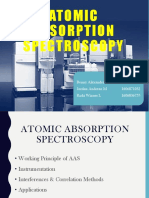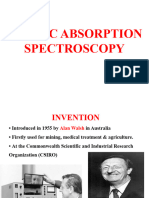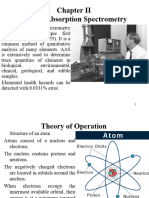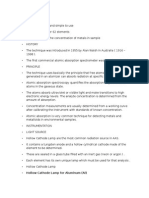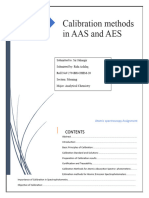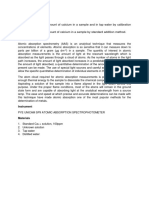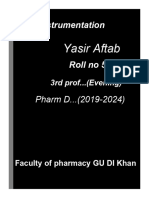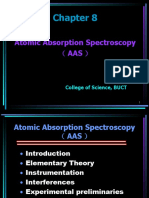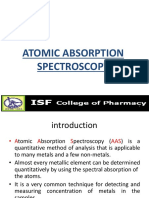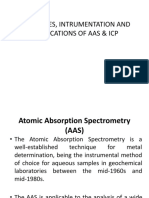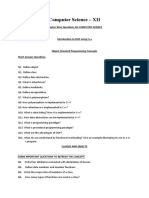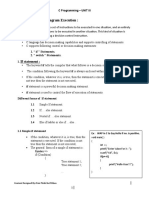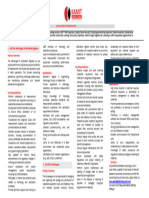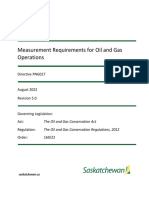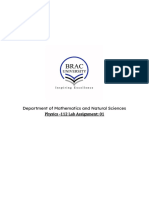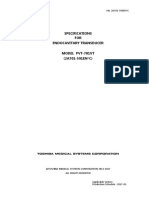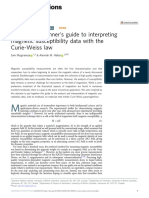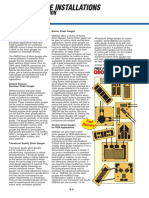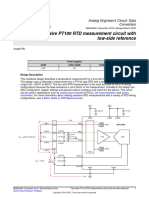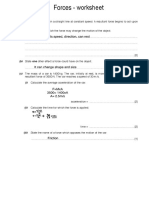0% found this document useful (0 votes)
44 views23 pagesCE528 - Environmental Chemistry & Microbiology
Atomic absorption spectrometry is a technique used to determine the concentration of metal elements in solutions. It works by vaporizing the sample into free atoms and measuring how much light of a specific wavelength is absorbed. The amount of absorption is directly related to the concentration of the metal. Some key applications of atomic absorption spectrometry include water analysis, food analysis, analysis of soils and clinical analysis of blood samples. It is a highly sensitive technique that can detect elements down to the parts-per-billion level.
Uploaded by
AKANKSHACopyright
© © All Rights Reserved
We take content rights seriously. If you suspect this is your content, claim it here.
Available Formats
Download as PDF, TXT or read online on Scribd
0% found this document useful (0 votes)
44 views23 pagesCE528 - Environmental Chemistry & Microbiology
Atomic absorption spectrometry is a technique used to determine the concentration of metal elements in solutions. It works by vaporizing the sample into free atoms and measuring how much light of a specific wavelength is absorbed. The amount of absorption is directly related to the concentration of the metal. Some key applications of atomic absorption spectrometry include water analysis, food analysis, analysis of soils and clinical analysis of blood samples. It is a highly sensitive technique that can detect elements down to the parts-per-billion level.
Uploaded by
AKANKSHACopyright
© © All Rights Reserved
We take content rights seriously. If you suspect this is your content, claim it here.
Available Formats
Download as PDF, TXT or read online on Scribd
/ 23
